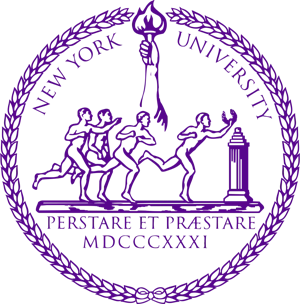Those working in data analytics require a core skillset comprising programming, statistical analysis, data management, and data visualization skills. For more advanced tasks in predictive and prescriptive analytics, advanced skills in areas like machine learning are also required.
Programming
Programming skills are required for data manipulation, advanced analysis, and data pipeline engineering. The most common languages for data analytics include Structured Query Language (SQL), used for database management; Python, a general-purpose language used for advanced analytics such as machine learning; and R, a programming language with specific application for statistics and data visualization.
Statistical analysis
Statistical analysis is the heart of data analytics: it’s what transforms data into actionable insights. As noted above, statistical techniques required vary depending on the kind of analytics in question. Common techniques include regression, optimization, clustering, and classification.
Data management
Successful analytics operations hinge on efficient and effective data management, from raw data collection, to storage, to preparation, to analysis.
Data visualization
Data analytics isn’t just about generating insights: communicating these insights to internal and external stakeholders is just as important. To do so effectively, data analytics professionals need to be able to create compelling data visualizations using tools like Tableau.
Machine learning skills
For advanced data analytics projects — and for advanced data analytics professionals — skill in machine learning, and even in deep learning, is essential.
While these skills can help professionals in a variety of positions — from marketing, to HR, to operations — better leverage data to improve performance, a data analytics skillset can also allow someone to take advantage of one of several lucrative career paths. We’ll get into these next.
What kinds of career paths are out there for someone with a data analytics skillset?
With programming, statistical analysis, data management, data visualization, and maybe even some machine learning skills, you can work in one of several data analytics roles: data analyst, business analyst, business intelligence analyst, and, in some cases, data scientist. As you’ll see, each of these roles offers an average salary well higher than $45,760, the US median annual wage in the US. So what do each of these roles entail?
Data analyst
A data analyst is responsible for collecting, preparing, and analyzing data to develop new insights to support the operations of their company. They communicate these insights to internal and external stakeholders through compelling data visualizations. According to Salary.com, in the US the average data analyst salary is $81,719.
Business analyst
A business analyst’s responsibilities are much the same as a data analyst’s — in fact, the two titles are often used interchangeably. If there’s a difference, as we noted above, it’s in a business analyst’s focus. Business analysts are also responsible for collecting, preparing, and analyzing data to extract insights, but more often they do so in support of larger business goals such as reducing costs, driving revenues, or entering a new market. According to Salary.com, in the US the average business analyst salary is $79,770.
Business intelligence analyst
A business intelligence analyst uses data and business analytics to produce informational support and dashboards monitoring KPIs and market and industry performance. According to Salary.com, in the US the average business intelligence analyst salary is $85,278.
Data scientist
A data analytics skillset, strong machine learning skills, and usually some work experience can allow you to land a data scientist job. Data scientists focus on devising, developing, and launching new approaches to data analysis. According to Salary.com, in the US the average data scientist salary is $139,631. If you’re interested in a data science path, you should also look into our guide to college and university data science programs.
So far, we’ve covered the components of a data analytics skillset and gone over what kinds of career paths this skillset can open up. In the next section, we’ll discuss how college and university data analytics programs can help.
How can college and university data analytics programs help you take the next step in your career?
While historically colleges and universities have offered bachelor’s and master’s degrees for those looking to gain on-the-job skills, increasingly these institutions of higher education (IHEs) are also offering professional education and executive education programs, both in person and online. Someone interested in learning data analytics at an IHE thus has never had more ways to do so. But how to know which kind of program is right for you? We’ll dive into the differences now.










